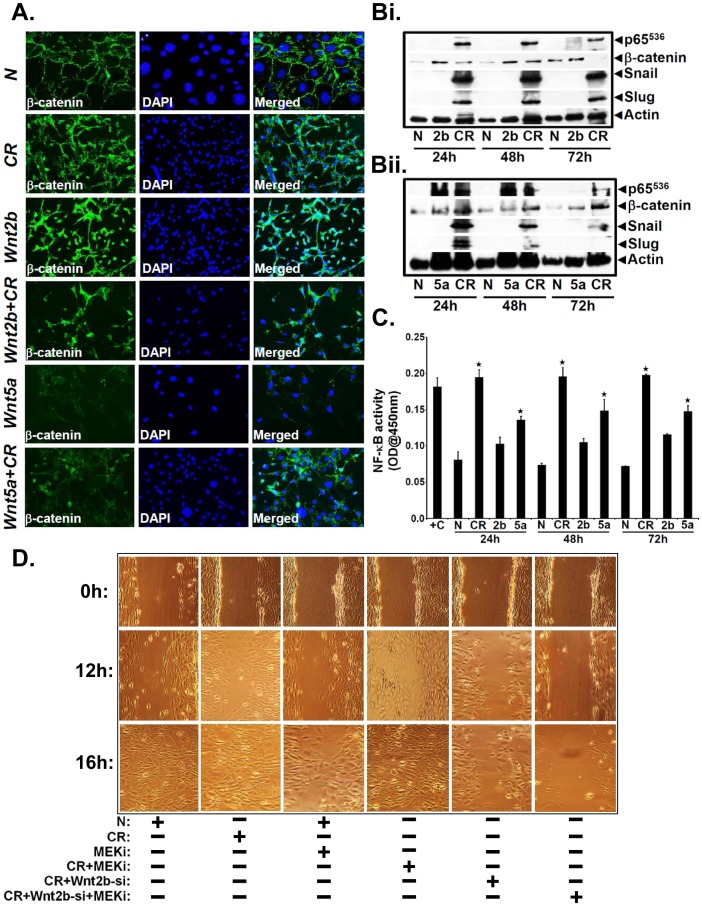Figure 5. Evidence of differential β-catenin and NF-κB signaling by Wnt ligands in vitro.
A. YAMC cells were either treated with control media or infected with CR (@90∶1 MOI) for 3 h followed by washing to remove bacteria. Uninfected or CR infected cells were incubated with purified Wnt2b or Wnt5a for 24 hr followed by immuno-staining for β-catenin. Nuclei were stained with DAPI (n = 3 independent experiments). B. Effect of Wnt2b and Wnt5a addition on cellular levels of β-catenin and NF-κB. YAMC cells described in A were incubated with purified Wnt2b or Wnt5a for 24, 48 and 72 hr followed by Western blotting with antibodies for: p65 subunit phosphorylated at Ser-536 (p65536), β-catenin, Slug and Snail, respectively. Actin was used as loading control. C. Effect of Wnt2b and Wnt5a addition on NF-κB activity. YAMC cells described in B were subjected to nuclear extraction followed by measurement of NF-κB activity utilizing TransAM NF-κB p65 Chemi Transcriptional Factor assay kit from Active Motif (★, p<0.05 vs. N; n = 3 independent experiments). D. Effect of MEK inhibitor (MEKi) on wound healing. YAMC cells were transfected with control or Wnt2b-specific siRNA for 24 h followed by incubation with MEKi. At 48 h, cells were wounded with a plastic pipette tip and cell migration was followed for 12–16 h (n = 3 independent experiments).

